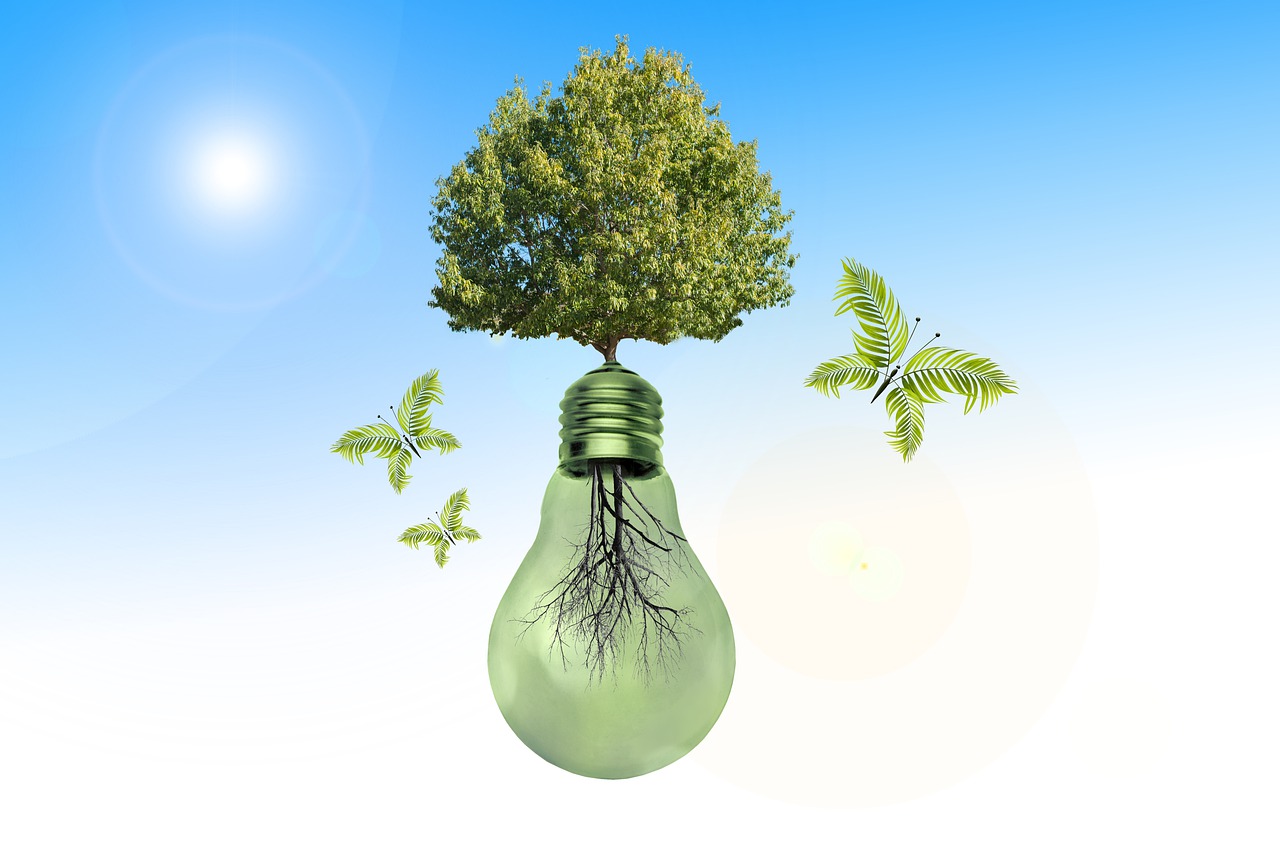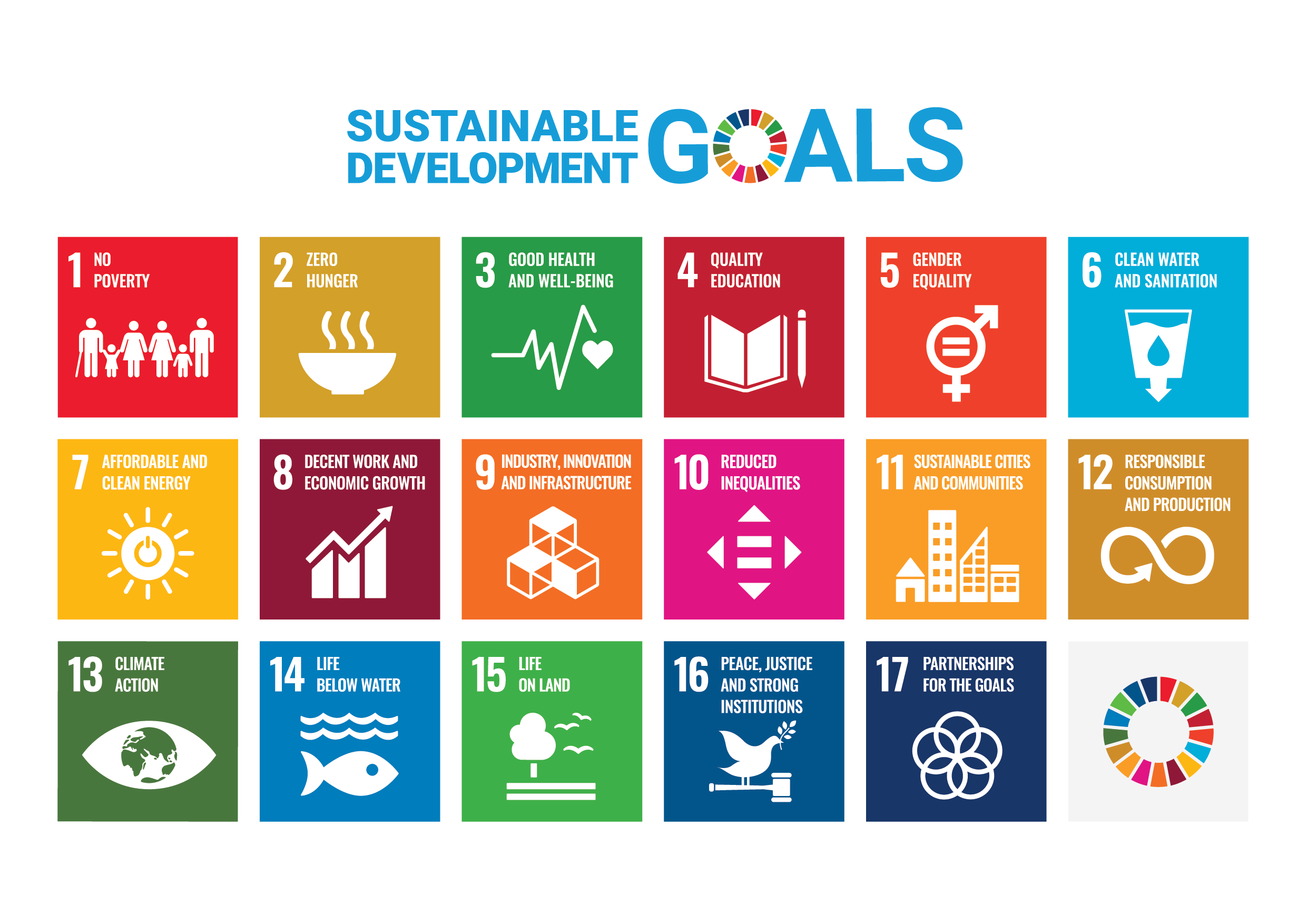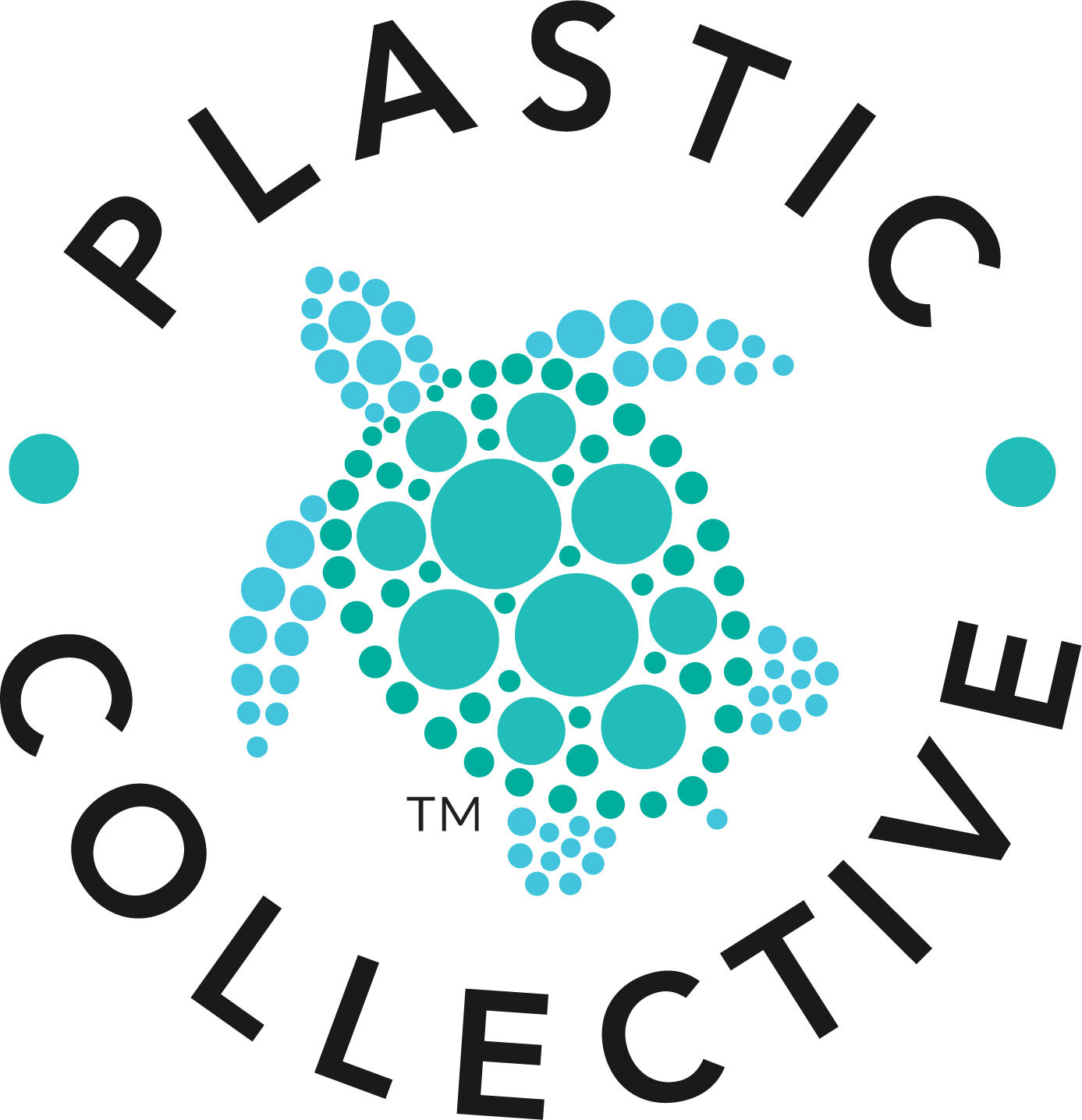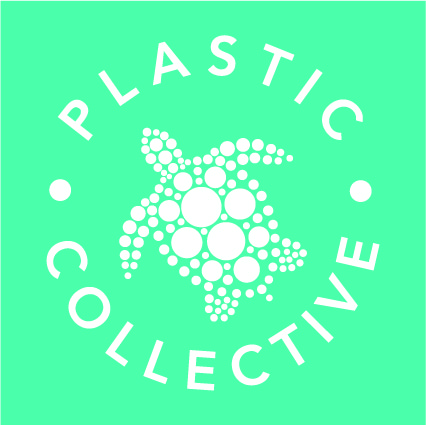Sustainable Development: Challenges and Opportunities

Image by Gerd Altmann from Pixabay
Sustainable development has been on the agenda since the late 1980s and over that time much progress has been made in moving towards a world that is more sustainable. However, with population growth and issues surrounding climate change the challenges of sustainable development continue and its needs must be met with new initiatives.
What is Sustainable Development?
First, what exactly is meant by the phrase ‘sustainable development’? In simple terms sustainable development is a guiding principle that focuses on sustaining natural resources and the world’s eco systems in line with human development.
Sustainable Development Goals (SDGS)
A key aspect of sustainable development is ensuring that the development needs of future generations are met. For example, introducing sustainable energy initiatives so that fossil fuel use is reduced which helps keep current resources whilst reducing carbon emissions.
At the turn of the millennium the United Nations introduced the eight Millennium Development Goals (MDGs). This was a set of goals that focused on a range of sustainable development aspects. After 2016 this set of principles have been succeeded by a new set of goals, called the 17 Sustainable Development Goals (SDGS)

Perhaps one of the more general problems related to sustainable development is that it is a very broad principle that can cover a lot of different aspects. However, sustainable development does have some specific goals within this broad spectrum. The United Nations states that sustainable development’s goals cover three core aspects that include: economic growth, social inclusion and environmental protection.
The first two of these aspects, economic growth and social inclusion are focused on reducing poverty and inequality around the world. Sustainable development ideology has been designed to help create opportunities for individuals by raising the basic standards of living and to reduce inequalities. This kind of development can cover a broad range of topics from human rights, food security and to ensuring that everyone has access to healthcare, for example.
These aspects go hand in hand with the third goal of sustainable development ‘environmental protection’, which has a goal of ensuring that developmental goals work in tandem with environmental policies to eliminate the mismanagement of ecosystems.
Examples of Sustainable Development
Often, one of the first things that come to mind in terms of sustainable development are some of the environmental aspects of its goals, such as the planting of trees to replace those that have been cut down for wood and timber production. Often companies now look to replace and plant new trees to compensate for the trees that they cut down. A switch to more sustainable wood types – that are fast growing – and that are in plentiful supply has become preferred. Unfortunately, problems remain such as deforestation of virgin rain forests.
There are two huge factors that affect rainforests and that is that of timber production and the removal or burning of rainforests to create pastureland for cattle and meet production. Dealing with these issues is difficult and plenty still needs to be done to combat these problems. For governments this could be the policy of providing subsidies to developing nations to tackle deforestation, or for companies, it is ensuring that the wood they use complies with sustainable supply chains and does not make use of timber that has been produced through illegal logging.
Another big topic that most people associate with sustainable development is green energy production and the shift from using fossil fuels to renewable energy sources.
Challenges of Sustainable Development
Sustainable development is something that can help the entire world’s population and it helps supply security for future generations, but it is not without its challenges. There are a large number of challenges that need to be met if we are to achieve a better future.
Some of these key challenges include the following issues:
War and Instability
When there is turmoil, instability and war between nations it stands to reasons that sustainable development cannot occur. For instance the war in Ukraine has had an impact on sustainable development. In fact, one of the biggest issues that has affected countries outside of Ukraine are issues surrounding food sustainability since Ukraine and Russia are big producers of wheat and barley.
In fact, Russia and Ukraine account for around 30% of all exports around the world, which is a big figure and ultimately has a significant impact on food production and availability. This is one of the effects of globalization is that nations have become dependent on each other to support their own standards of living.
It is difficult to maintain a civil society and the well-being of people when there is war or the threat of conflict over a country. In these cases, sustainable development goals cannot be easily met.
Suitability and Availability
Another issue is the ability of a nation to implement sustainable development programmes in their country. It is common for developed nations to suggest to developing nations that the process they use in their own countries should be future proofed and sustainable, but this raises the question whether this is firstly possible and secondarily pragmatic. This is why developing countries need subsidies and support from the developed world to help them reduce their liabilities towards non-sustainable enterprises.
Take for example forestry. In some countries their vast forests are resources that they can use to improve the lives of their citizens. However, this might come at a cost to biodiversity and of the natural resources that are being consumed.
It can be easy for a western developed nation to suggest that these forms of economic development should be reduced. Greenhouse gas emissions and environmental issues are important but without incentives and buy-in from governments, policy makers and the private sector, it is unlikely that sustainable development initiatives surrounding will be a priority.
Sustainable development programmes need to be tailored to fit the local context. They need to take into consideration the current level of developmental stage each country is currently at, and support them accordingly, to implement competitive and useful sustainable development programmes that do not hinder their development. There is no point in addressing global sustainable developmental issues at a cost of the progress and improvement of other developing nations.
In many cases where there are issues surrounding environmental degradation it is important to introduce modern technologies that can help provide better synergies between the use of a country’s resources and its sustainability of that resource.
Governmental Issues
Other issues relate to what initiatives Governments may want to sign-up to, and how keen they are on sustainable development. Most governments sign up to issues surrounding global warming and other climate issues, but not always. In some cases, there is a political initiative to reject environmental issues and sustainable development goals to instead address the immediate needs of their country or populous. For example – promoting and supporting legacy fossil fuel industries because they play a big part in supporting deprived local communities and areas. Closing certain industries without replacing them can lead to certain communities suffering job losses and poverty. In these locations many governments are resistant to change related to sustainable development programmes.
Often political parties can get into power based around supporting certain stakeholders and groups that are opposed to and have incompatible view with sustainable developmental goals. For instances, gaining support from the fossil fuel companies and lobbyists. Once in power it is difficult for a government to then reverse those policies with more sustainable decision-making since their support base have incompatible agendas.
Ultimately, sustainable development needs to take place within the right political climate for it to be successful and often sustainable development only works if it offers positive results for the government in question.
Poverty & Unemployment
One of the goals of sustainable development is to end poverty but this is no easy task and cannot be done without addressing a number of other issues that contribute to poverty.
Some of the issues relate to inequalities and economic opportunities that people face. This can be inequalities between different countries. It’s well known that people in developed nations tends to be (as a whole group) better off financially than those individuals who live in developing nations.
However, inequalities can occur within a country itself. For example, the difference in wealth that may be found in urban areas when compared to some rural locations where employment can be difficult to obtain or is less well paid. Or, rural opportunities are only available in certain industries, such as the agricultural sector. Take for instance the difference to access to employment between someone living in New York compared to an individual located in the American Rust Belt.
Inequalities also occur between men and women. In many countries women lack access to well-paid employment or any employment at all. Often, sustainable development programmes in term of employment initiatives have goals related to equality of opportunity.
Without addressing the issues surrounding the causes of poverty within any given community, then it can be difficult to reduce poverty, and in turn also difficult to address some of the wider goals and challenges of sustainable development.
The social sciences look at how individuals interact with each other. The case studies and socio scientific research that academics carry out can help us understand what the challenges are in a particular community and help us address those issues.
A lot of work has been done to reduce poverty but there still is a massive amount to do. Take for example that it is estimated that 650 million people still go hungry and do not have enough food. Food security is a problem and may get worse due to population growth.
One of the key inputs for sustainable development which is linked to increased poverty and a lack of progress in terms of development is the access that citizens have to electricity. Energy poverty is a major issue that affects the poverty of an individual. This has been one of the key goals of sustainable development and significant improvements have been made in this area. As recently as 2020 it is estimated by the World Bank that just over 90% of the world population now has access to electricity. However, there are big gaps in some of the poorest nations where a large percentage of their populations do not have access to electricity.
Unfortunately, addressing poverty and global development has become more difficult after 2020 with additional global challenges such as the global downturn, recession and a slow recovery from the Covid-19 pandemic.
The Covid-19 pandemic had a massive impact on global economic and caused an increase in poverty around the world. Take for example just one statistic – where the pandemic pushed just under 5 million people into poverty in South East Asia alone.
The Global Economy
The financial crisis that occurred post-coronavirus has also had a negative impact on sustainable development goals. At any point when there are global financial issues – the poorest people are at risk of being affected. Some countries can be shielded from these downturns – while others that rely on trade with western nations that are experiencing a downturn may suffer as a consequence of globalization. Take for example the downturn in the United States and its impact on one of their biggest supplier, Mexico.
Due to the interconnectedness of world trade, there are many synergies between nations around the world, and what affects one country can also impact another indirectly.
Population Growth
Another potential challenge for sustainable development is population growth. As the United Nations say themselves in their reports – population growth in developing countries can be seen as both a success and a challenge for the future. The larger the world’s population the more resources are needed to ensure that people remain out of poverty and have utilities such as fresh water and electricity.
The Future of Sustainable Development
While the current climate in 2022 is tricky for a number of reasons, there is still a lot of support for the initiatives that surround the goals for sustainable development.
The Plastic Collective is an organization that also supports sustainable development enterprises in developing nations through the reuse of waste plastic. In these communities where The Plastic Collective is based, waste plastics are viewed as a valuable recyclable resource. This resource can be used as the base material in sustainable plastic recycling micro-enterprises, which are designed to help support local communities and reduce both poverty and plastic waste.
Find out more about Plastic Collective and get the latest news about Plastic recycling, microplastics and the effects of climate change, by subscribing to the Plastic Collective newsletter.
Image: geralt | pixabay

